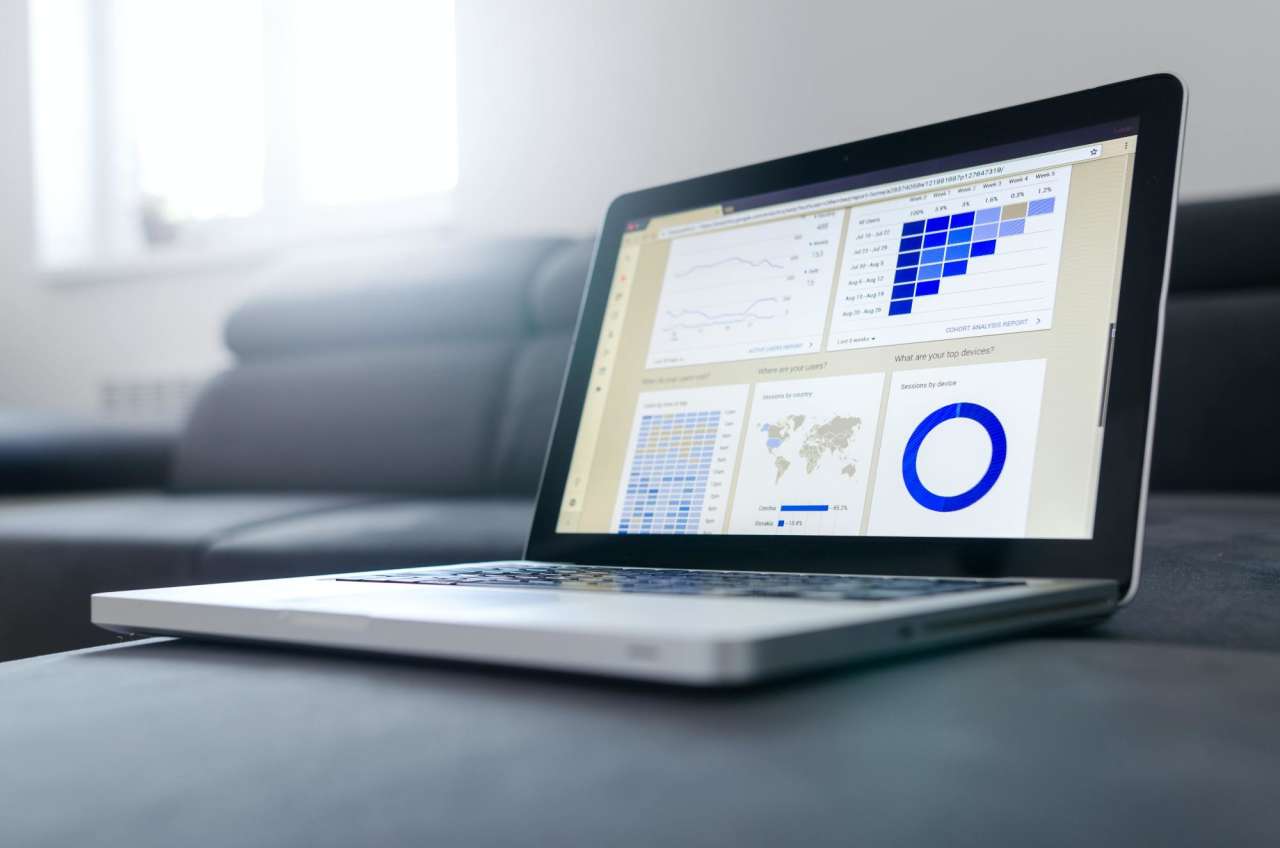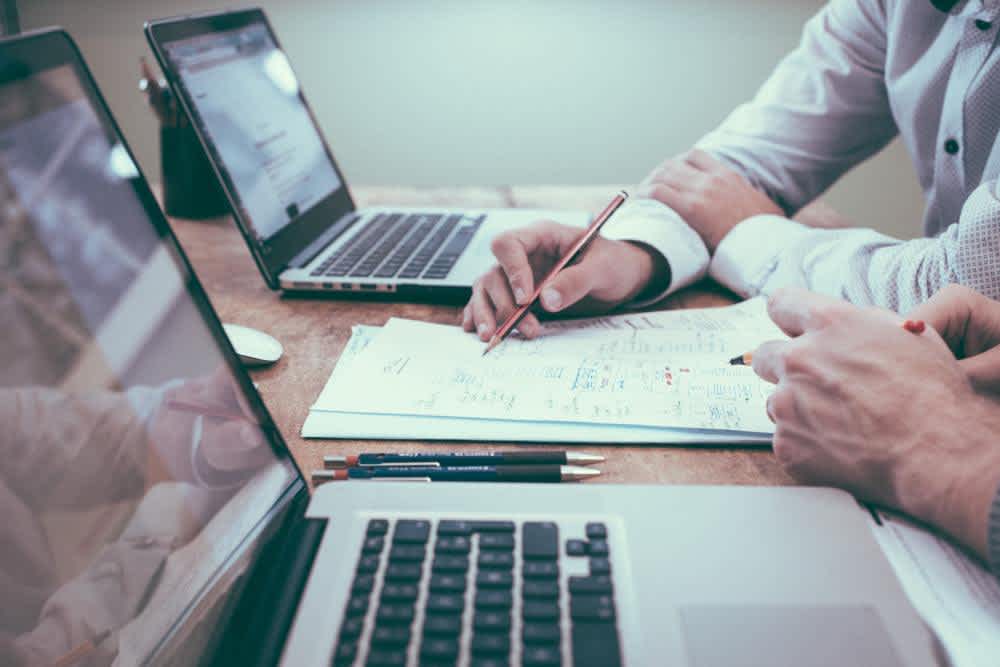Education
Understanding the current assets on your balance sheet
6 Sept 2021
As a business owner, it’s always helpful to understand your current financial status and if you have physical assets. If so, it's important to know how many are currently on your balance sheet - or your books. We explore understanding balance sheets and why it’s good to know your financial position when running a business.

What are current assets?
Current assets are anything that your business predicts will convert to cash within a year. They’re usually used to measure the liquidity or value of a company which helps understand how profitable you are.
A business’s assets are divided into two categories on a balance sheet, current and non-current assets, known as long-term and capital assets.
Current and non-current assets
Every business has both current assets and non-current, and they’ll record these on the balance sheet in order of liquidity. This means how quickly they can convert assets into cash flow for the business.
Long-term assets or non-current assets are just that - they’re longer-term investments your business has made and these assets are subsequently taking longer to provide a return on investment or even convert into capital for the business. Your long-term assets could include:
Property
Investment shares
Trademarks, wills and other intangible assets
Capital, or current assets, are the opposite of non-current assets, these offer your business a quicker option for converting assets into capital over a shorter amount of time. They can also be funds you can access straight away. Capital assets for your business could include:
Cash flow into the business via transactions
Prepaid expenses
Short-term investments
Inventory or tangible stock

How to understand your current assets and your balance sheet
Balance sheets are one of the three fundamental financial statements for any business - no matter what type of industry. A balance sheet is a key feature of accounting, as it shows a company’s total assets and whether they are considered to be in debt or equity.
Your company’s balance sheet is based on three things; Assets = Liabilities + Equity and every balance sheet will include both long-term and capital assets as well as their liabilities.
Balance sheets are also known as a statement of financial position as they’re a clear picture of how well your company is doing.
How can Funding Options help?
At Funding Options, we work directly with businesses as well as with their trusted advisors to ensure everyone is up to speed on the current business performance. Why not start your finance journey with one of our team of Business Finance Specialists today.
Get startedSubscribe to our newsletter today
Sign up for the best of Funding Options sent straight to your inbox.
